Modern art and contemporary art sound like they’d be the same thing, but they’re not.
Modern art is defined by a specific timeframe—roughly the 1860s to the 1970s. Think Picasso, Matisse, and abstract paintings with weird shapes and bold colors.
Contemporary art is happening right now. It’s what artists are making today and in recent decades. Digital art, installations, art about social issues—that’s contemporary.
They look different. They talk about different ideas. And they come from different times.
One is finished history. The other is still being made.
Here’s everything you need to know to clear up the confusion between contemporary and modern art.
Modern Art vs Contemporary Art: A Brief Comparison
- Modern art = 1860s–1970s (finished art history period)
- Contemporary art = 1970s–today (still happening)
- Modern focused on painting, contemporary uses all mediums
- Modern was mostly Western, contemporary is global
- Modern changed how we see art, contemporary changes what counts as art
- Both broke from traditional mediums and styles of their time
Similarities of Modern & Contemporary Art
Both Modern and Contemporary art emerged from a rejection of the art world’s status quo during periods of significant social, political, and economic change. The artists were also influenced by exposure to world cultures, the 19th century with trade routes opening to Asia, and globalization in the 20th.
In both, the artist’s vision is central. Whether conveyed through paint and canvas or a digital file, the aim is to engage them with the piece and challenge them to think differently.
Long-established arbiters of “good art” dismissed these rebel works as poor quality, incomplete, or lacking in technique. By refusing to submit, artists in both movements challenged both the establishment’s authority and the basic premise of “acceptable” art.
Differences Between Modern Art & Contemporary Art
A primary difference between Modern and Contemporary art is a temporal one. Where Modern art is built upon previous innovations, Contemporary art is more fluid, spanning multiple periods and movements simultaneously. The influence between Contemporary movements, where it exists, is tangential rather than linear.
Modern art was also primarily Western-focused, particularly centered in Paris, with some Japanese influence in the late 1800s. In contrast, Contemporary art embraces the global community, showcasing artists from all around the world.
Notably, they treat their subjects differently as well. Where Modern art illustrated people and landscapes using more traditional methods of composition, Contemporary art is more subjective and carries abstract meanings.
Modern Art
While each movement influenced how Modern artists looked at a canvas or adopted new techniques, they fundamentally had one principal medium: painting. Each new group shed previous methodologies and restrictions to develop new ways to express what they saw and how it made them feel.
Timeline & Historical Context
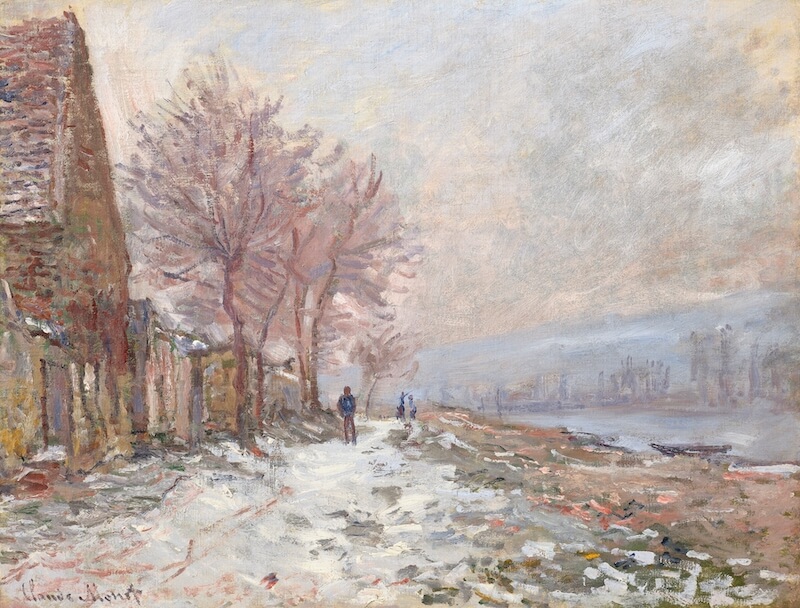
Claude Monet’s Lavacourt, l’hiver (1879)
Spanning a period from the mid-1800s until the 1970s, the Modern art period was a time of immense transformation, from the Industrial Revolution to the Civil Rights era.
Impressionism painting, often considered the first Modern movement, emerged in late 19th-century Paris when rebellion against prevailing authorities and standards of thought was commonplace. The founding Impressionist painters focused on the movement of natural light, everyday subjects, and innovative brushwork techniques, reflecting that world in change.
At the same time, the development of early photography showed people detailed representations of the real world, freeing artists from the need for true-to-life depictions to experiment more abstractly.
Modern Art Styles
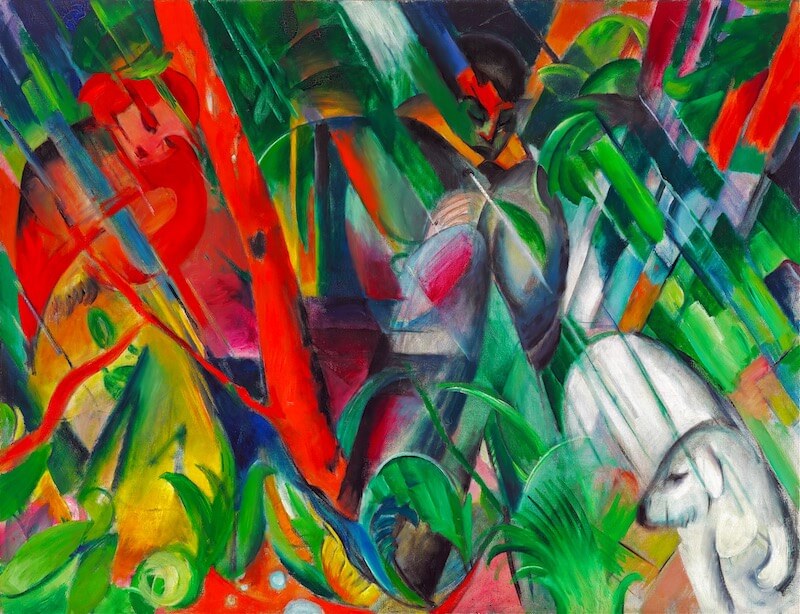
Franz Marc’s In the Rain (1912)
The Modern art period is composed of several smaller movements, almost all building on previous ideas and innovations.
Impressionism, with its focus fluid on brushstrokes, morphed into the tiny dots of Georges Seurat and Pointillism. As Paul Cézanne evolved more structured technique, his graphic perspectives, bright colors, and precise brushwork in turn inspired Pablo Picasso and Cubism’s colorful, fragmented geometric forms, and Henri Matisse’s “wild,” bold, emotional imagery of Fauvism.
Artists experimented with distorted reality. Dadaism tried to portray subtly twisted emotions and reason, while Surrealism artists like Salvador Dali with “The Persistence of Memory,” the shapes of melting clocks used to comical yet poignant effect. Eventually, Abstract Expressionism tried to take the lines away completely, emphasizing freeform shapes with a feeling of active physicality from the brushwork.
As the Modern art era wound down, the pared-down simplicity of Minimalism, combined with Pop Art’s use of popular cultural images as a social commentary, began the transition to the Contemporary era.
Famous Modern Artists
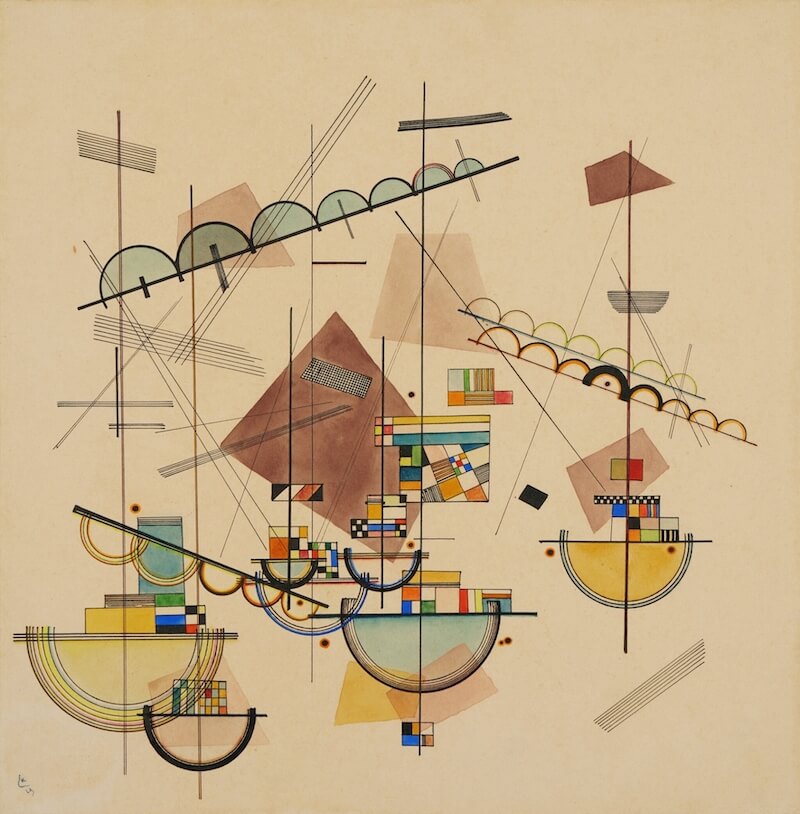
Wassily Kandinsky’s Lyrisch (Lyrical) (1923)
Modern art has presented the world with a plethora of incredible artists.
While credited as one of its pioneers, Wassily Kandinsky’s journey to Abstractionism was a winding one. Born in Moscow, he first encountered Claude Monet and his “Haystack” series at an exhibition in his early 30s. Highly influenced by music, Kandinsky had synesthesia, a neurological condition that conflates sensory inputs, allowing him to “see” music notes as colors.
An artistic nomad, he dabbled in different styles, becoming interested in using geometry after teaching at the Bauhaus school in Germany. Only in his last two compositions did Kandinsky finally feel he had fused all his prior works together to fully realize his vision.
Considered the most famous of the Abstract Expressionist painters, Jackson Pollock is most well known for his splatter paintings. Rejecting the use of an easel, he worked on a canvas draped across the floor, using his entire body to toss and drip layers of paint across the canvas, an athletic method later termed “action painting.” A difficult person at the best of times, his life was cut short by an alcohol-fueled car accident when he was only 44.
While born in Wisconsin, the Southwest and its vibrant colors most influenced Georgia O’Keeffe’s work. Known for her meticulous, structured technique and bold use of color, she gave up painting three times in her life. While falling squarely in the Modernism camp, she chose to skate around the edges of sub-movements, developing her own style. With artwork displayed in museums all over the world, O’Keefe is one of the most influential Southwestern artists of all time.
Frida Kahlo was a natural artist, but it wasn’t until a severe accident left her bedridden that she started to develop her artistic talent. Pain, both physical and emotional, became a consistent theme in her art. Her works are a blend of the folk art style of her native Mexico with surrealism and fantastical imagery. Her iconic self-portraits make her one of the most celebrated artists from Mexico.
Though close friends with actors, models, designers, artists, and writers in the wild partying days at Studio 54, the irony of Andy Warhol is his art is primarily a commentary on that very same celebrity worship and commercialization. Featuring large silk-screened images of everyday products like Campbell’s soup cans, his pieces reimagined those basic commercialized images as high art. Warhol is arguably a transitional figure; his early works definitely in the Modern art era, with the consumer culture commentary of his later works reflective of a Contemporary ethos as well.
Contemporary Art
Lacking an all-defining style, Contemporary art instead encompasses a group of diverse art movements, sometimes overlapping, but often evolving independently. Focusing on specific concepts, experiences, or emotions, artists use a wide variety of mediums, constantly looking for opportunities to create innovative art.
Timeline & Historical Context
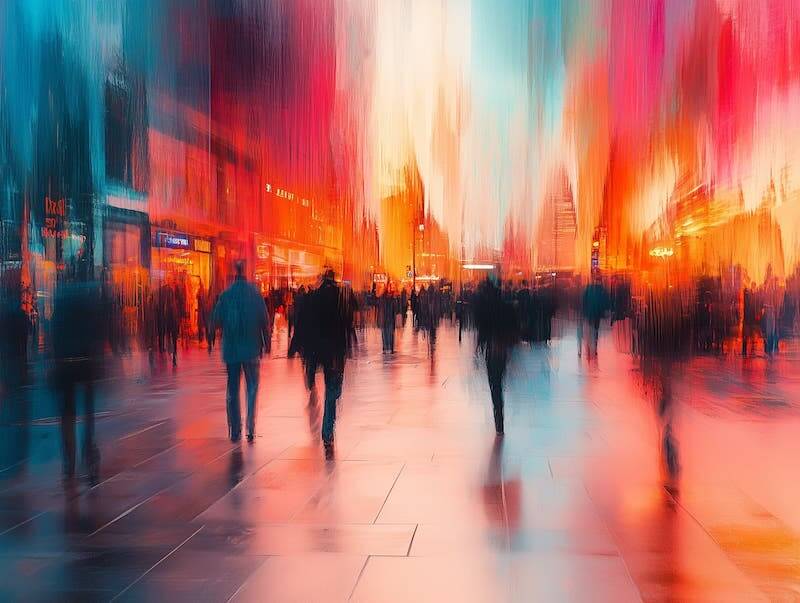
Encompassing artwork from the 1970s to today, Contemporary art has developed as exponential technological advances and globalization have rapidly changed how we live our lives, and how artists express themselves.
Contemporary art resists easy categorization because it comes from everywhere. Unlike modern art, which mainly focused on production in Paris, New York, and a few other Western cities, contemporary art emerges from Lagos to Beijing to São Paulo to Berlin. Artists from different cultures bring their own histories, traditions, and perspectives. It’s more like many streams flowing in different directions than one river moving forward.
Contemporary Art Styles
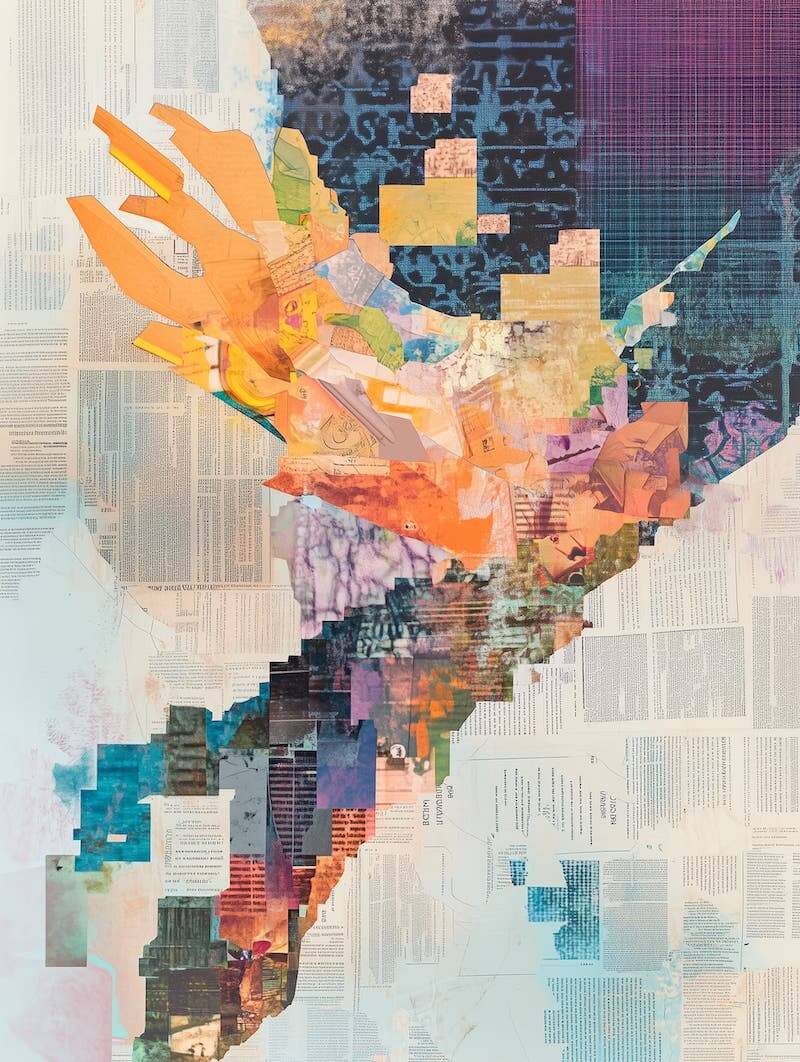
Contemporary art embraces wide-ranging approaches; while one style might influence another, many grew in isolation or affected by unrelated external factors.
Literally defined as “after Modern,” Postmodernism marks the transitional period between Modern and Contemporary art. While incorporating many principles of Modernism, it still pushed back against what they considered the unnecessarily structured rules, giving artists sort of free reign to create as they pleased. A subset of Postmodernism, Neo-Expressionism wanted a return to the powerful emotions of Expressionism and Van Gogh’s most famous works but with a darker, edgier sensibility.
Symbols and messages are also quintessential to contemporary art. Conceptual Art focuses solely on an idea, using a sort of “visual code” where the meaning is inferred by the symbolism behind the materials used. Everything involved is intended to express that singular idea through suggestion rather than through overt imagery.
The Contemporary movement also embraced three-dimensional art. That includes Street Art like graffiti, and Installation Art, usually large-scale works intended for a specific location, often intending to unexpectedly transform the viewer’s perception of the installation site.
It also includes Performance Art, where the artists perform live, and Relational Aesthetics, a form of interactive art exhibition in which designated people, be they artists or audience members, participate in the active creation of the art in whatever form it takes.
The final component of Contemporary art is the inclusion of technology as the backbone of the creative process, be it Video, Digital, or New Media Art, the latter including VR and augmented reality.
Famous Contemporary Artists
Famous contemporary artists? They’re harder to spot these days. Massive leaps in media technology made it easier for everyone to create and publish art. The flip side is that few artists break through to the fame of being a household name.
There are, of course, exceptions.
Banksy, in particular, has made a global name for himself. Rising out of Bristol’s street art scene, he became notorious for his unique style and unconfirmed identity. Combining finely skilled graffiti with pointed sociopolitical commentary, the locations he chooses to paint often can be as much of a statement as the subject matter itself.
Other artists made social and political expression a primary focus, either overtly or subtly. Jean-Michel Basquiat’s focus on power structures clearly reflected his lived experiences. When Kehinde Wiley painted President Obama seated against a lush green background, it diverted from the staid, standing portraits of presidents past.
A fair share of quirky artists fall into the Contemporary art world. Zhou Chunya, a Chinese artist blending all sorts of style influences, is best known for his Green Dog series, a huge collection of works focused on his German shepherd—except green. Artist Jeff Koons deals with animals of a different sort—colorful polished steel sculptures of oversized balloon animals, a bit of an homage to Pop Art.
Modern Art or Contemporary Art: What Do You Prefer?
Contemporary art technically reflects our present art movement, whereas modern art is a past movement. What the next movement will be and when it will arrive is yet to be determined. But as history has told us, art trends will continue to change and adapt to the whims of the world, with artists evolving and growing, finding new ways to communicate their ideas, thoughts, and passions through their work.




